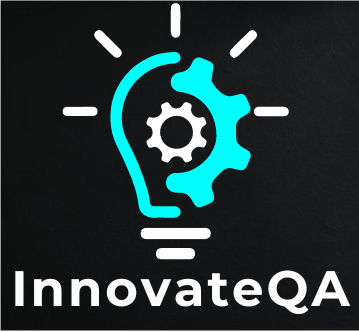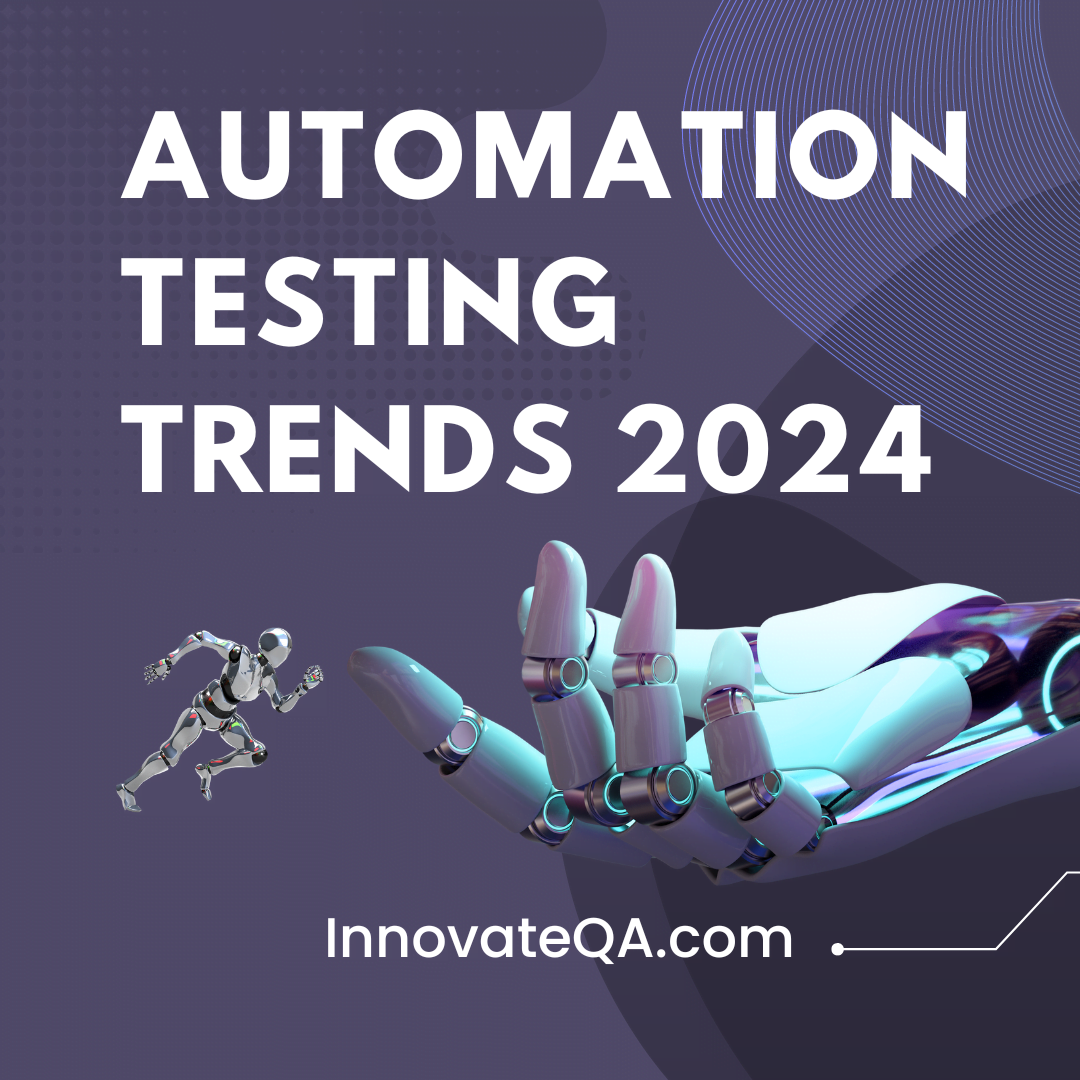Table of Contents
ToggleIntroduction
In the rapidly evolving landscape of software development, the role of automation testing has become more crucial than ever.
Automation testing not only accelerates the testing process but also enhances the overall efficiency and effectiveness of software development cycles.
As technology continues to advance, several trends are shaping the future of automation testing, providing new opportunities for improved quality assurance and faster time-to-market.
In this article, we’ll explore automation testing trends 2024 that are influencing the industry.
🤖AI and Machine Learning in Automation Testing
AI (Artificial Intelligence) and machine learning have significantly impacted automation testing, enhancing efficiency, accuracy, and the overall effectiveness of testing processes. Here are some key ways in which AI and machine learning are applied in automation testing:
- AI-Based Test Generation: AI algorithms can analyze application behavior and automatically generate test scripts based on this analysis. This helps in quickly creating test cases, reducing the manual effort required for script development. Tools like Taskade are having capabilities to enable this.
- Synthetic Test Data Generation: Machine learning can be used to analyze patterns in test data and automatically generate realistic and diverse datasets. This is particularly useful for testing scenarios with large and complex datasets. There are tools like Sofy.AI capable of doing this.
- Intelligent Test Execution: AI can prioritize and execute test cases intelligently based on the impact analysis of code changes. This ensures that critical areas are tested more thoroughly, reducing the overall testing time.
- Self-healing Tests: Machine learning algorithms can identify and fix minor script failures caused by changes in the application under test, making test suites more robust and less prone to maintenance issues.
- Predictive Analytics: Machine learning models can analyze historical data to predict potential areas of the application that are more likely to contain defects. This helps in focusing testing efforts on critical areas and improving test coverage.
🔁Continuous Testing in DevOps
Continuous Testing is an integral part of the DevOps and Continuous Integration/Continuous Deployment (CI/CD) pipelines. It involves running automated tests at every stage of the software development lifecycle to ensure that changes are validated quickly and efficiently. Automation tools are evolving to support continuous testing by providing seamless integration with CI/CD tools and facilitating faster feedback loops, allowing teams to deliver high-quality software at an accelerated pace.
🐳Containerization and Microservices Testing
As organizations increasingly adopt microservices architecture and containerization technologies like Docker and Kubernetes, testing strategies must evolve to address the challenges of these distributed systems. Automation testing tools are adapting to support containerized applications, ensuring seamless testing across microservices. This trend helps in achieving better scalability, resource utilization, and faster deployment of applications.
🕵️Automated Visual Testing and Image Comparison
Automated visual testing and image comparison are techniques used in software testing to verify the visual aspects of a user interface or graphical content. These approaches are particularly valuable in ensuring that changes to an application’s visual appearance do not introduce unintended defects.
Visual testing involves comparing the visual appearance of an application before and after changes. Tools like Applitools and Percy enable automated visual testing, helping identify UI inconsistencies.
🔗Blockchain Testing
Testing blockchain applications involves unique challenges and considerations due to the decentralized and distributed nature of blockchain technology. Blockchain testing aims to verify the correctness, security, and performance of smart contracts, consensus algorithms, and the overall decentralized network.
Additionally, continuous testing and monitoring are essential to adapt to the evolving nature of blockchain networks and applications.
👐Usability Testing Automation
Usability Testing Automation involves the use of tools and scripts to automate the process of evaluating a digital product’s usability. This approach aims to replicate user interactions with the software, simulating real-world scenarios and identifying potential issues that users might encounter. By automating repetitive tasks and scenarios, development teams can save time, reduce human error, and achieve more consistent results in usability testing.
🕶️Test Automation for Virtual and Augmented Reality (VR/AR)
Test automation for Virtual Reality (VR) and Augmented Reality (AR) presents unique challenges due to the immersive and interactive nature of these technologies. Traditional testing approaches may not be directly applicable, and specialized testing strategies are required to ensure the quality and performance of VR and AR applications.
♿Automation Testing for Accessibility
Automation testing for accessibility is crucial to ensure that digital products are inclusive and accessible to users with diverse needs. Automated accessibility testing helps identify potential issues early in the development process and allows for quick remediation.
Automated tools like Axe and WAVE help test web applications for compliance with accessibility standards.
🛜Testing in the Internet of Things (IoT)
Automation testing in the Internet of Things (IoT) is crucial to ensure the reliability, security, and performance of interconnected devices and systems. IoT testing involves unique challenges due to the diversity of devices, communication protocols, and the need to validate end-to-end functionality.
By incorporating automated testing practices tailored to the unique challenges of IoT, development teams can efficiently identify and address issues, ensuring the overall reliability and performance of IoT ecosystems. Continuous collaboration between developers, testers, and IoT domain experts is essential to build robust and secure IoT solutions.
Conclusion
Automation testing is evolving to meet the demands of modern software development, driven by advancements in technology and the need for speed and efficiency. The trends mentioned above are reshaping the landscape of automation testing, making it more intelligent, collaborative, and accessible. As organizations continue to embrace these trends, they can build robust and scalable automation testing processes that contribute to the delivery of high-quality software in a timely manner. Keeping an eye on these trends will be crucial for staying ahead in the dynamic world of software testing.
👍You May Also Like👇
🔝4️⃣5️⃣➕ Manual Testing Scenario Based Interview Questions 2024 🚀
🤖 🔝6️⃣5️⃣ ➕Automation Testing Interview Questions 2024 🚀
🔝6️⃣5️⃣➕ API Testing Interview Questions 2024 🚀
🔝6️⃣5️⃣➕ Postman Interview Questions 2024 🚀
🔝3️⃣0️⃣➕ Cucumber Interview Questions 2024 🚀
🔝5️⃣0️⃣➕ TestNG Interview Questions 2024 🚀
🤖🔝💯+Selenium Interview Questions For Experienced 2024 🚀
🍵Top 💯+ Java Interview Questions For Automation Testing 2024 🚀
🔝6️⃣5️⃣➕ JMeter Interview Questions 2024 🚀

